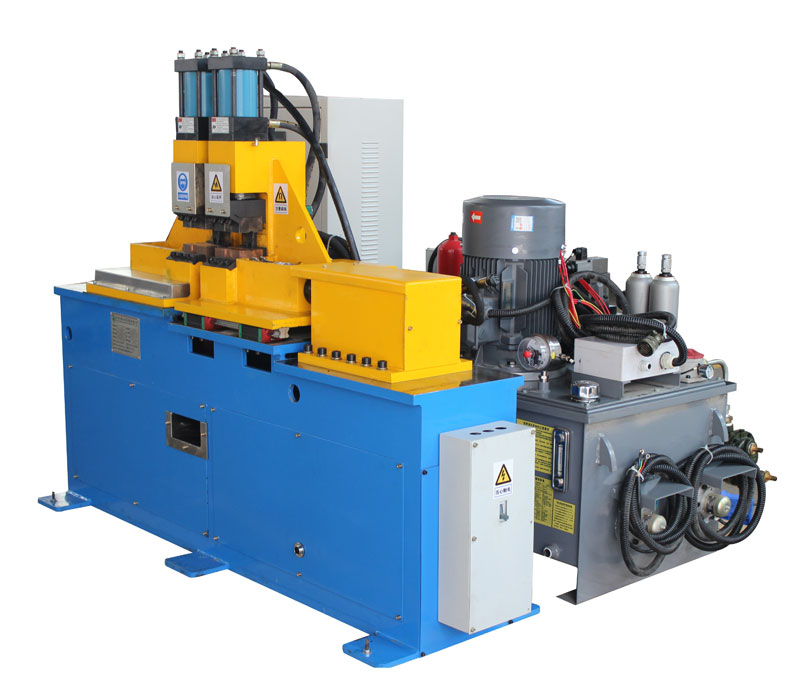Spot welding is a widely used process in the manufacturing industry, providing strong and reliable connections between metal components. One crucial element in this process is the welding electrode, which plays a significant role in achieving high-quality welds. In this article, we will delve into the various electrode techniques used in spot welding and share valuable insights on how to optimize this essential component for efficient and precise welding.
- Selecting the Right Electrode Material: The choice of electrode material is fundamental. Copper and its alloys are the most common materials due to their excellent conductivity and heat resistance. Proper electrode material selection ensures good electrical and thermal conductivity, which, in turn, minimizes electrode wear and enhances welding performance.
- Electrode Shape and Size: The shape and size of the electrode tip can significantly affect the weld quality. Pointed tips concentrate the welding force and reduce electrode wear, while larger tips may be preferred for specific applications. Consider the workpiece material and thickness when determining the optimal electrode geometry.
- Maintaining Electrode Sharpness: Keeping the electrode tips sharp is essential for consistent and high-quality welds. Regularly inspect and recondition the tips to remove any deformities, contaminants, or build-up of materials that can compromise the welding process.
- Cooling and Cooling Methods: Electrode cooling is critical to prevent overheating and premature wear. Proper cooling methods, such as water or forced air cooling, help maintain the electrode’s temperature and extend its lifespan. It is essential to monitor and adjust cooling systems to ensure optimal performance.
- Force and Pressure Control: Controlling the force and pressure applied by the electrodes is crucial to achieving consistent welds. Adjusting the force according to the material thickness and type can help prevent over-penetration or insufficient fusion. Real-time force monitoring systems can be beneficial in this regard.
- Electrode Dressing and Maintenance: Regular electrode maintenance is essential to prevent contamination and wear. Electrode dressing methods, such as dressing wheels or dressing tools, should be used to maintain the tip’s cleanliness and shape, ensuring precise and repeatable welding.
- Electrode Alignment and Parallelism: Proper electrode alignment and parallelism are necessary to ensure even force distribution across the weld area. Misalignment can lead to uneven welds and reduced electrode life.
- Welding Parameters: Adjusting welding parameters, such as current, time, and electrode force, is critical for achieving the desired weld quality. Understanding the specific requirements of the workpiece materials and joint configurations is essential in setting the correct parameters.
In conclusion, mastering the art of spot welding electrode techniques is essential for achieving consistent and high-quality welds. The choice of material, electrode maintenance, cooling methods, and precise control of force and pressure are all vital factors. By paying close attention to these aspects, manufacturers can optimize their spot welding processes, leading to stronger, more reliable welded joints in their products.
Post time: Oct-26-2023



